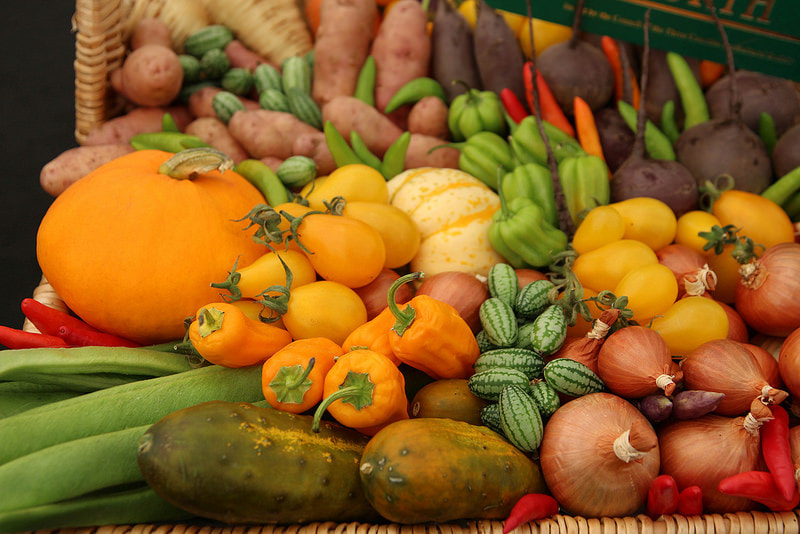 We are well and truly into January with its wealth of cold weather, sometimes blue skies and often rainy days. Heating is high and air temperatures are low, heralding the cold and flu season. But what is the difference between a cold and the flu and what can we do to avoid them and care for ourselves? When I was growing up, there was NO difference - everything was flu to my mum! But today it’s clearer - below I’ve compiled a table to show the general symptoms of each virus. Table: Cold & Flu Symptoms
A cold usually affects the upper respiratory tract leaving us with runny or blocked noses, sore throats and congested airways. These symptoms along with (some or a combination of) a fever, headache, earache and tiredness can develop over 10 to 14 days. Whereas flu is severe and immediate. Flu comes on quickly and brings with it muscle aches, a high temperature and sometimes shivering, sweating and often pure exhaustion.
Although there is no ‘cure’ for the cold or flu there is a lot that we can do to prevent them. Remember, food can be your medicine. Follow the rule of F.R.E.S.H. Fruit & Vegetables – choose a variety of colours. Rest – have the right amount of sleep (6 to 8 hours for an adult). Energy – notice your energy levels and respond to them. Seasonal – eat with the seasons, follow Nature’s rhymes. Hydration – fundamental to the body’s mechanics. F is for Fruit and Vegetables. Keep eating seasonally and colourfully. All fresh fruit and vegetables physically offer us a package of vitamins and minerals that the body knows how to utilize. By this, I mean - to breakdown, absorb and distribute to organs, muscles, blood, bones and all the cells throughout the body. In the winter months squash and pumpkins are grown locally. They are high in antioxidants (Vitamin C), are anti-inflammatory and have insulin-regulating properties. These qualities are key to staying healthy at this time of year. Other Winter favourites are kale, Brussels’ sprouts, cabbages, cauliflower and broccoli. These cruciferous vegetables are high in vitamin C, A & K, soluble fibre and contain magnesium and potassium. The deep red of beetroot indicates it’s nutrient punch. High in antioxidants and anti-inflammatory, it also has a good amount of manganese and folate (a form of Vitamin B). Don’t forget your leeks, garlic and onions. All contain antioxidants, which specifically target viruses and bacteria. Perfect for wound healing, but also in supporting the body through a cold or the flu. Like the vegetables above, they are also anti-inflammatory helping with congestion. R is for Rest. If you are sick give yourself time and space to rest and recover. Often people rush back into their routines when their bodies are asking for ‘more down time’. Preventatively, get more sleep. E is for Energy Listen to your body and respond to your energy levels. Winter is a time for ‘hibernation’. To be close to home, enjoying close family and friends. It is the natural time of physical contraction and regeneration. S is for Seasonal. Keep food as local and seasonal as possible. This is Natures way of providing the right foods for its indigenous people. (NB. With global farming and traditional crops no longer being grown in home countries, this can be tricky. Practicalities need to fit too). H is for Hydration. Hydration is key! I can’t stress this more for wellness and avoiding illness. The body uses more fluids when it is under stress; so as January deadlines loom and different emotional, physical and mental pressures show themselves, drink water. If you do catch a cold or the flu, keep your clear fluids up – water, easy broths, herbal teas and lemon and honey drinks. And lastly, reduce alcohol, cigarettes and processed food. Detox in the Spring and nurture in the Winter.
2 Comments
Nola
1/18/2018 09:14:19 am
Always interesting reading,great if we can follow through.We are so lucky to enjoy so many colourful veggies,fruit and nuts to keep us healthy also to enjoy.Thankyou for all your work ,research does take time we know.
Reply
Leave a Reply. |
AuthorPaula is an avid writer and enjoys working with food and words. Archives
August 2022
Categories |
Proudly powered by Weebly

 RSS Feed
RSS Feed